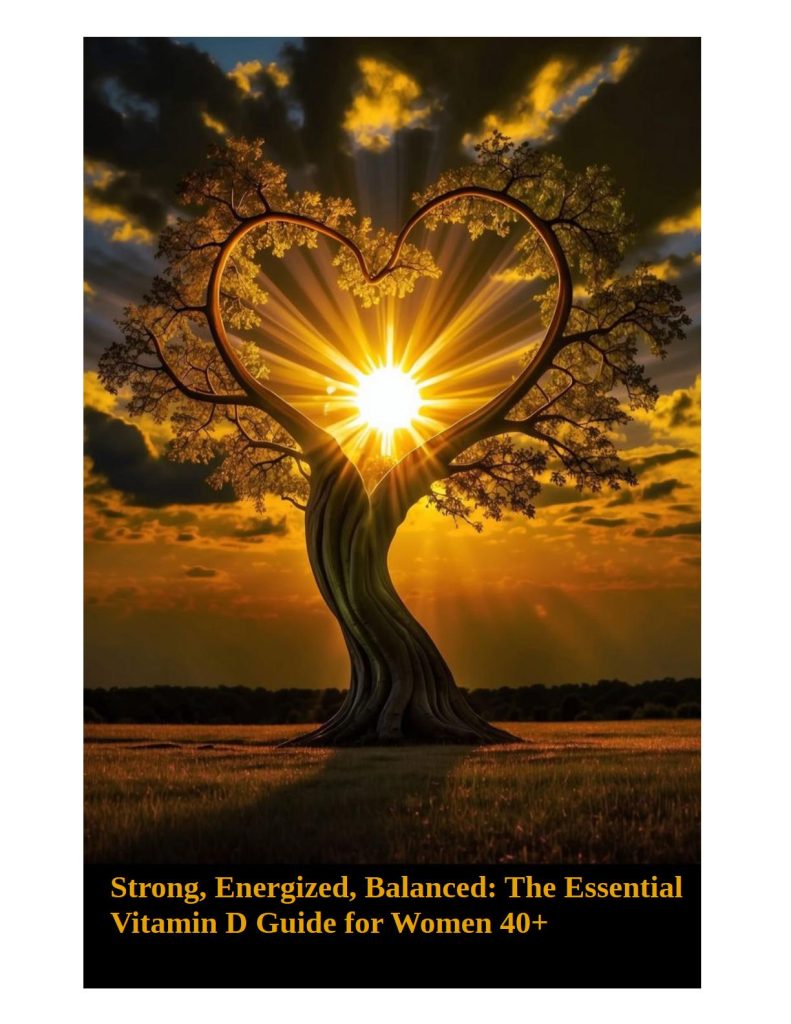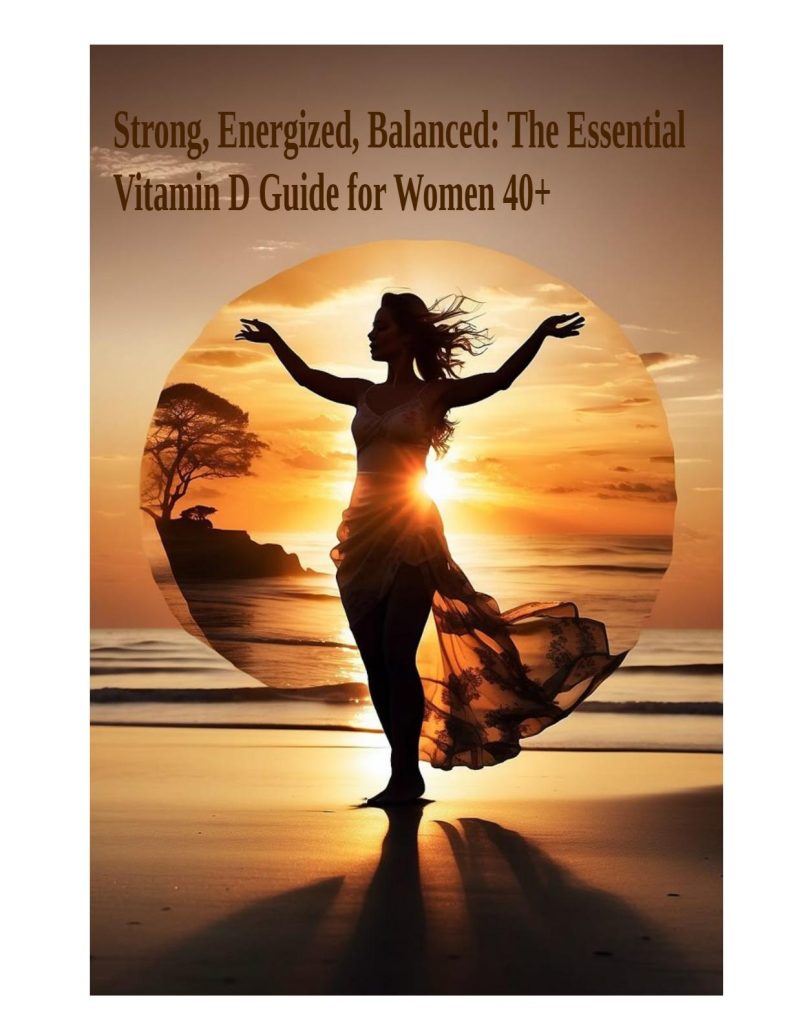Why Vitamin D Matters More After 40
As women enter their 40s, bodies start to shift. Hormones fluctuate, bone density naturally declines, and energy levels may feel harder to maintain. Add in busy schedules and family responsibilities, and health often gets pushed aside.
Here’s the truth: Vitamin D becomes even more important in midlife.
- It protects bone strength, working hand in hand with calcium.
- It helps stabilize mood and hormones, easing low moods linked to perimenopause and menopause.
- It supports metabolism and energy, making weight management less of an uphill battle.
- And it strengthens the immune system, a crucial ally as we age.
Yet, studies show that up to 60% of women over 40 may have insufficient Vitamin D levels. Let’s uncover why and what you can do about it.
Bone Health: Calcium’s Partner in Crime
We often hear “get enough calcium” for strong bones—but without Vitamin D, calcium can’t do its job.
- Vitamin D = the key that unlocks calcium absorption in the gut.
- In midlife, declining estrogen accelerates bone density loss, raising the risk of osteoporosis.
- Low Vitamin D increases the chance of fractures, especially in hips, spine, and wrists.
Tip: Pair Vitamin D with calcium-rich foods (dairy, fortified plant milks, leafy greens) for double protection.
Mood & Hormones: The Serotonin Connection
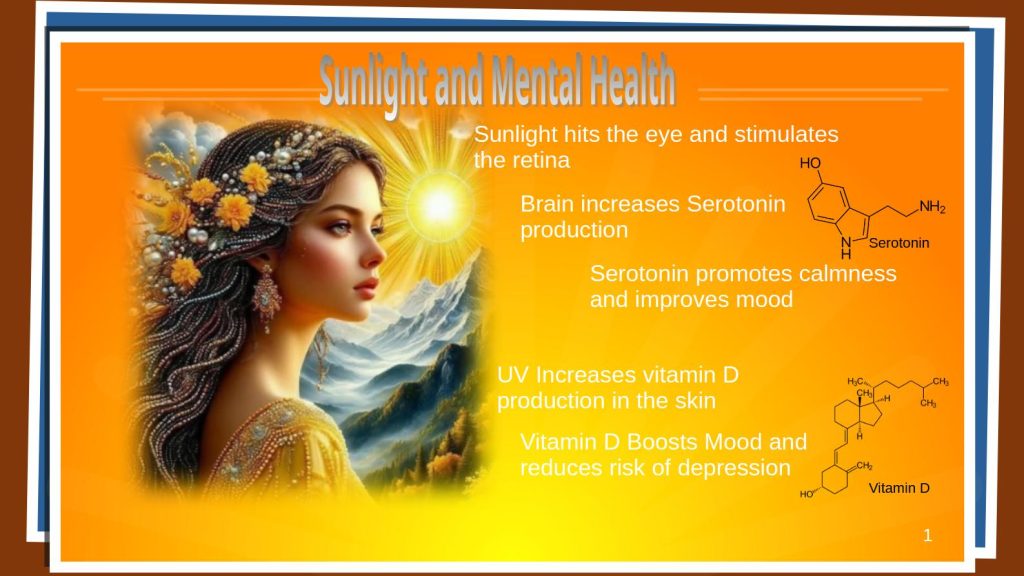
Ever noticed mood swings, low motivation, or “brain fog” creeping in during perimenopause? Vitamin D plays a surprising role here too.
- It helps regulate serotonin, the brain’s “feel-good” chemical.
- Deficiency has been linked to seasonal affective disorder (SAD), anxiety, and low mood.
- Midlife hormonal changes can magnify these dips—making Vitamin D especially valuable.
Tip: Combine Vitamin D with daily movement outdoors. Natural light boosts serotonin while exercise releases endorphins.
Weight & Energy: The Midlife Metabolism Factor
Many women notice that weight gain feels easier and energy dips become more frequent after 40. Low Vitamin D could be part of the puzzle.
- Vitamin D deficiency can slow metabolism, making it harder to maintain a healthy weight.
- It’s also involved in insulin sensitivity, helping balance blood sugar.
- Fatigue and muscle weakness are common signs of low Vitamin D.
Tip: Pair your Vitamin D intake with protein and healthy fats to keep energy levels steady all day.
Food Sources of Vitamin D: More Than Just Fish
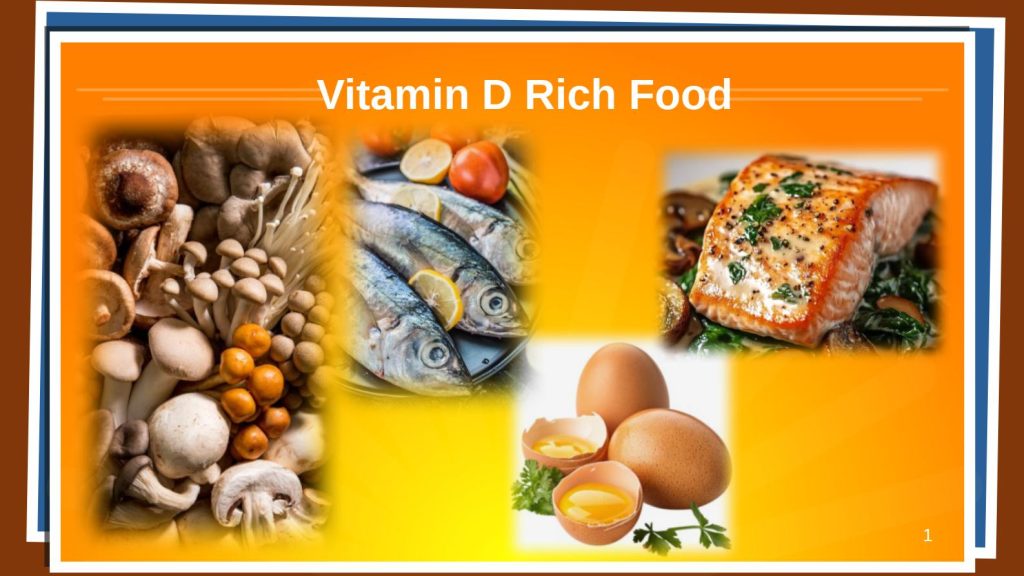
While sunlight is the primary source of Vitamin D, food plays a critical role—especially for women who spend most of their day indoors or live in regions with long winters.
The richest natural sources include:
- Fatty fish like salmon, mackerel, sardines, and tuna—excellent for Vitamin D and omega-3 fatty acids.
- Egg yolks, especially from free-range chickens, which contain higher levels.
- Mushrooms (when exposed to UV light), a rare plant-based source of Vitamin D2.
- Fortified foods such as milk, plant-based milks (soy, almond, oat), breakfast cereals, yogurt, and even some orange juices.
The trick is consistency. Try adding salmon to your salad, stirring fortified oat milk into your coffee, or scrambling eggs with mushrooms for breakfast. Small, repeated choices ensure your Vitamin D “tank” stays full.
Gut Health & Vitamin D: An Overlooked Connection
Here’s something many women don’t realize: your gut bacteria and Vitamin D status are linked.
- Healthy gut bacteria help with Vitamin D absorption and activation, ensuring your body can use it effectively.
- Low Vitamin D levels may in turn disrupt the gut microbiome, reducing diversity and balance.
- Digestive issues like IBS, celiac disease, or chronic inflammation can block Vitamin D uptake, increasing deficiency risk.
Gut-friendly steps for better Vitamin D:
- Include probiotics (yogurt, kefir, sauerkraut, kimchi) for microbial diversity.
- Eat fiber-rich foods (vegetables, beans, oats) to feed beneficial bacteria.
- Limit ultra-processed foods that disrupt gut balance.
By caring for your gut, you improve not just digestion—but also Vitamin D metabolism, immunity, and mood.
Top 5 Risk Factors for Low Vitamin D in Women 40+
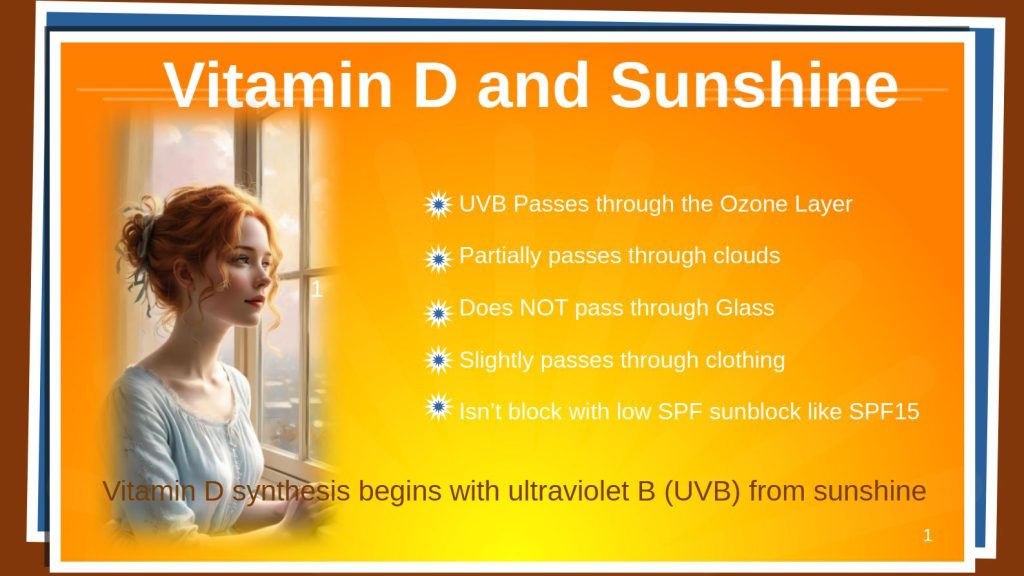
Why are women in midlife so vulnerable to deficiency? These are the main culprits:
- Age: Skin becomes less efficient at making Vitamin D from sunlight after 40.
- Indoor Lifestyle: Desk jobs, driving, and gym workouts indoors limit sun exposure.
- Skin Tone: Darker skin naturally produces less Vitamin D.
- Weight: Vitamin D is stored in fat cells, meaning less is available in the bloodstream.
- Gut Issues: Conditions like IBS, celiac, or low stomach acid reduce absorption.
A Simple Daily Routine for Vitamin D
The good news? You don’t need complicated plans—just small, consistent steps.
Sunlight:
- 10–20 minutes of midday sun on arms or legs, 3–4 times per week.
Food:
- Include at least one Vitamin D source daily: fatty fish, eggs, mushrooms, or fortified foods.
Supplement:
- Consider Vitamin D3 (1,000–2,000 IU daily) if you don’t get enough sun or food.
- Always check with your doctor for personalized dosage.
Movement:
- Weight-bearing exercise (walking, yoga, light weights) supports bone strength and hormone balance.
Women’s Midlife Vitamin D Daily Checklist
Daily Habits
☐ 10–20 minutes outside in natural sunlight
☐ Eat at least one Vitamin D-rich food (fish, eggs, mushrooms, fortified foods)
☐ Take supplement (if recommended) with healthy fats
☐ Move your body (walk, yoga, strength training)
☐ Add probiotic or fiber-rich food for gut support
Final Thoughts
For women over 40, Vitamin D is more than just another supplement—it’s a lifeline for bones, mood, metabolism, and long-term vitality. By understanding your risks and building a simple daily routine, you can protect your health through perimenopause, menopause, and beyond.
Start small. Take that walk outside, add salmon or eggs to your meals, or talk to your doctor about supplements. And don’t forget your gut—because when it thrives, your Vitamin D (and your health) does too.
